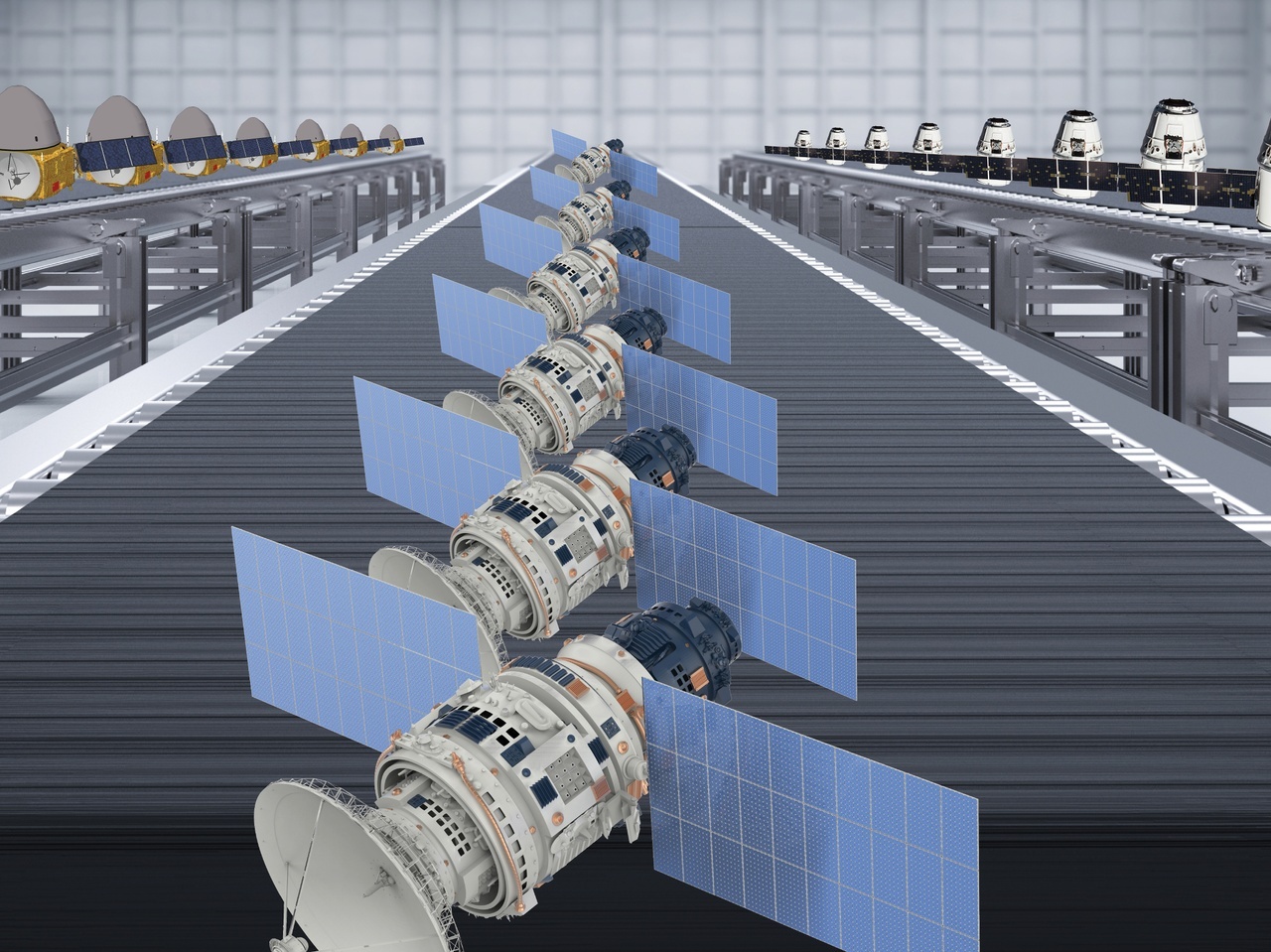
Unlocking European Space Security Through Civil-Defense Collaboration
Multi-application small satellites for civil and defense missions offer a fast, cost-effective path to scale resilience. July 28th, 2025Europe is actively expanding its defense ambitions, and space is becoming an increasingly strategic part of that vision. Yet the pace of space-based capability development hasn’t always matched the growing demand. With around 55 operational defense-related satellites — compared to the U.S. and China which operate several times that number — Europe has an opportunity to accelerate progress, particularly in intelligence, surveillance, and reconnaissance (ISR).
One of the most effective ways to do that is by rethinking how we fund, build, and deploy infrastructure. Multi-application small satellites, designed to serve both civil and defense missions, offer a fast, cost-effective path to scale resilience while also supporting scientific, environmental, and economic goals.
Shared Missions
Small satellites with multi-application payloads enable multiple stakeholders such as defense ministries, civil agencies and research institutions to share costs and infrastructure. For example, a cost-effective small satellite constellation could monitor soil moisture to support agriculture and provide data to national forecasting centers for improved severe weather alerting, while simultaneously detecting GPS jamming for military situational awareness. The payload is the same; the operations and processing can allow for divergent use cases of the same asset. Another small constellation might enhance R&D for laser-based optical communications combined with drone-tracking capabilities for homeland security. Importantly, small satellites can be deployed on faster timelines, often in just 18 to 30 months, and at a fraction of the cost of billion-euro regional programs.
While traditional approaches tend to favor large, long-term initiatives involving broad consortia, these can come at the expense of speed and flexibility. In contrast, small satellite constellations offer an agile alternative: iterative capabilities that can be fielded for single- to double-digit millions. Though coordinating budgets across agencies — from research institutions and national weather centers to defense ministries — requires upfront collaboration, the payoff is faster, more cost-effective deployment of operational systems.
While programs like the European Union’s 10 billion euro IRIS² project have an important role to play, governments are missing a key opportunity if they overlook very small satellites as a strategic infrastructure layer. Embracing this model may mean fielding earlier-stage capabilities in the near term to accelerate broader impact — but the result is a faster path to resilience, innovation, and mission readiness.
The multi-application approach not only streamlines budgets but also makes public communication easier. Civil-facing applications like environmental monitoring and disaster response, along with datasets made available to the research community, help ensure that space and defense spending is something that is felt across civil society.
Commercial Partners as Strategic Accelerators
The private sector is key to making this model work. Commercial space companies are already building, testing, and launching small satellites at a pace national programs often cannot match. Their speed and agility make them ideal partners for rapid prototyping of advanced capabilities such as onboard AI and autonomous anomaly detection, technologies that can derisk future government investments and speed up capability acquisition timelines.
Moreover, commercial partnerships help grow domestic talent pipelines and manufacturing capacity. Supporting local companies not only accelerates technical innovation but also creates economic value through job creation and export potential.
The Cost of Inaction
In 2024, the U.S. launched 122 defense satellites. China launched 43. Europe launched just one. This disparity still highlights the urgency of adopting faster, more collaborative approaches to expanding space-based capability. At the 2025 NATO Summit, alliance members committed to increasing defense and security-related spending to 5 percent of GDP by 2035. The alliance also released its first NATO Commercial Space Strategy, recognizing the growing importance of working with the commercial space sector. What remains to be seen is whether member governments will fully embrace this approach, taking advantage of what small satellites can offer, or contsinue to rely on a handful of traditional primes and focus on either low Technology Readiness Level (TRL) research or large consortia-driven programs that are years in the making.
While national programs play an important role, strategic resilience in orbit will not come through them alone. It will depend on coordination across civil agencies, defense ministries, and commercial partners, along with a culture shift toward mission-driven, multi-user architectures. The choice facing Europe today is not whether to embrace civil-defense space collaboration, but how quickly it can scale it. Accelerating this shift will be critical not only to meeting future security and scientific needs — but to ensuring Europe remains a competitive force in the evolving space economy. VS
Theresa Condor is the CEO of Spire Global
Lead photo: NASA Earth Observatory/ Joshua Stevens







